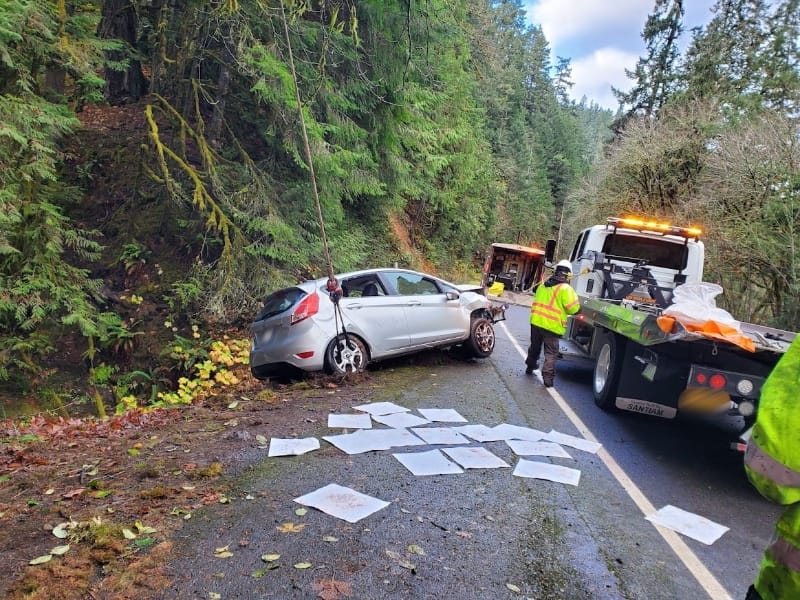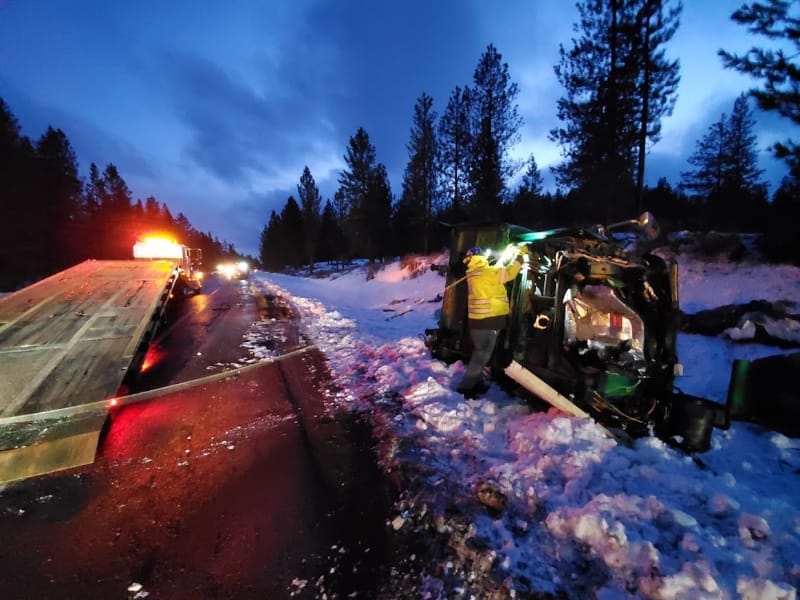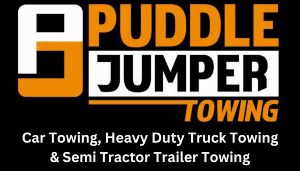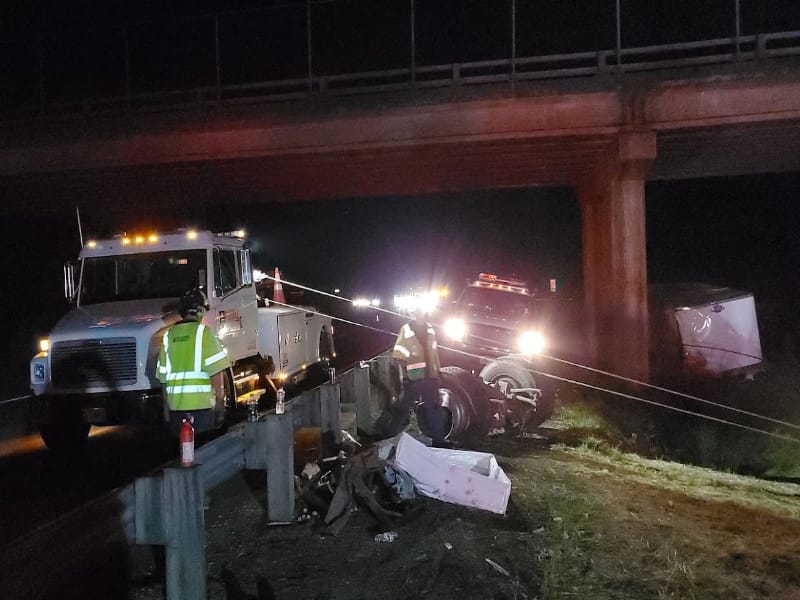Not Your Average Tow
The aftermath of a wreck on the interstate can be unsettling. Flashing lights in every direction, and vehicles scattered like pieces on a game board. It’s moments like these when a routine towing call turns into something much bigger. There’s no margin of error. From the outside, I-5 highway recovery might look like any other tow job. But those of us who’ve worked these calls know better. The stakes go way up. We’re dealing with fast-moving traffic, unpredictable drivers, and situations that change by the minute.

Every Second Counts
When we respond to an I-5 highway recovery, we need to clear the highway quickly and safely. Delays can back up traffic for miles. And let’s face it, drivers flying past at 70 mph don’t always slow down, even when they see our cones or flares. That puts everyone at risk: responders, stranded motorists, and even bystanders.
Why Highway Recoveries Are So Demanding
- Speed of Traffic: Vehicles approach fast. We need to act even faster.
- Limited Space: The shoulder of I-5 around Eugene, OR, doesn’t leave much room for error or maneuvering.
- Visibility: Day or night, weather can turn in seconds, and so can driver behavior.
- Coordination: State patrol, fire crews, EMS—all working together in real-time.
- Unpredictable Conditions: Spilled cargo, leaking fluids, disabled trucks—you name it, we’ve handled it.
One Incident, Multiple Challenges
Let’s talk about multi-vehicle collisions. It’s not just one car needing a lift. It could be three, five, or more—sometimes tangled together, sometimes scattered across lanes. Each vehicle tells a different story, and each one needs a different kind of care.
We’ve had scenes where a sedan needed a soft winch pull, but twenty feet away, a jackknifed trailer blocked two lanes and leaked fuel. Handling one recovery like that is hard. Handling two or three I-5 highway recovery jobs at once? That’s the job.
Here’s a quick breakdown of how we typically handle a complex I-5 highway recovery:
- Assess the Scene: Get a read on damage, vehicle positions, and hazards.
- Coordinate with First Responders: Stay in constant contact with police and fire units.
- Secure the Scene: Flares, cones, and vehicles positioned for visibility and protection.
- Recover in Sequence: Start with the easiest to move and work up to the trickiest.
- Clear Debris: Sometimes we tow. Sometimes we sweep. Sometimes both.
The Human Side of the Work
It’s easy to focus on the machinery, the trucks, and the gear. But behind every I-5 highway recovery, there’s a person who just had a bad day. It might be a family shaken from a rear-end collision or a trucker stuck between delivery deadlines and a crumpled rig.
We don’t just show up with a hook and go. We talk to people. Reassure them. We help them understand what’s next. That kind of connection matters.

Puddle Jumper: We’ve Got Your I-5 Highway Recovery Covered
Much of the public never sees the hardest parts of our job. The early morning calls. The nights spent setting up traffic control. The judgment calls made in seconds. But those unseen moments are what shape us.
I-5 highway recovery jobs are not for the faint of heart. It’s not glamorous. It’s not easy. But it’s essential. Every cleared lane, every secured vehicle, and every mile of reopened traffic is the result of hours of planning, training, and grit. In this line of work, we don’t just tow, we recover. Again and again. On good days and hard ones.

